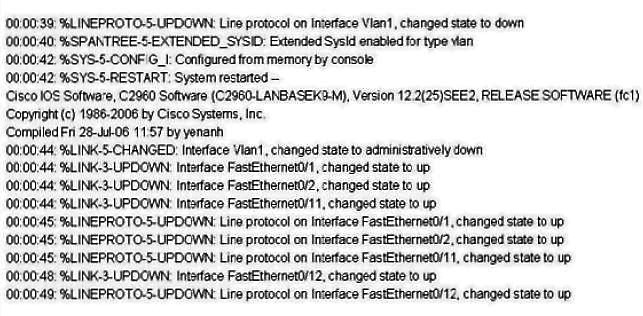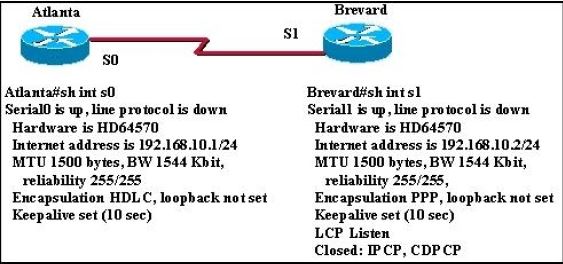A router receives information about network 192.168.10.0/24 from multiple sources. What will the router consider the most reliable information about the path to that network?
A. a directly connected interface with an address of 192.168.10.254/24
B. a static route to network 192.168.10.0/24
C. a RIP update for network 192.168.10.0/24
D. an OSPF update for network 192.168.0.0/16
E. a default route with a next hop address of 192.168.10.1
F. a static route to network 192.168.10.0/24 with a local serial interface configured as the next hop



